A simple ratio comparing inflammation (CRP) to good HDL cholesterol to add heart-health context.
Securely stored in EU
Cancel anytime
Test 100+ biomarkers
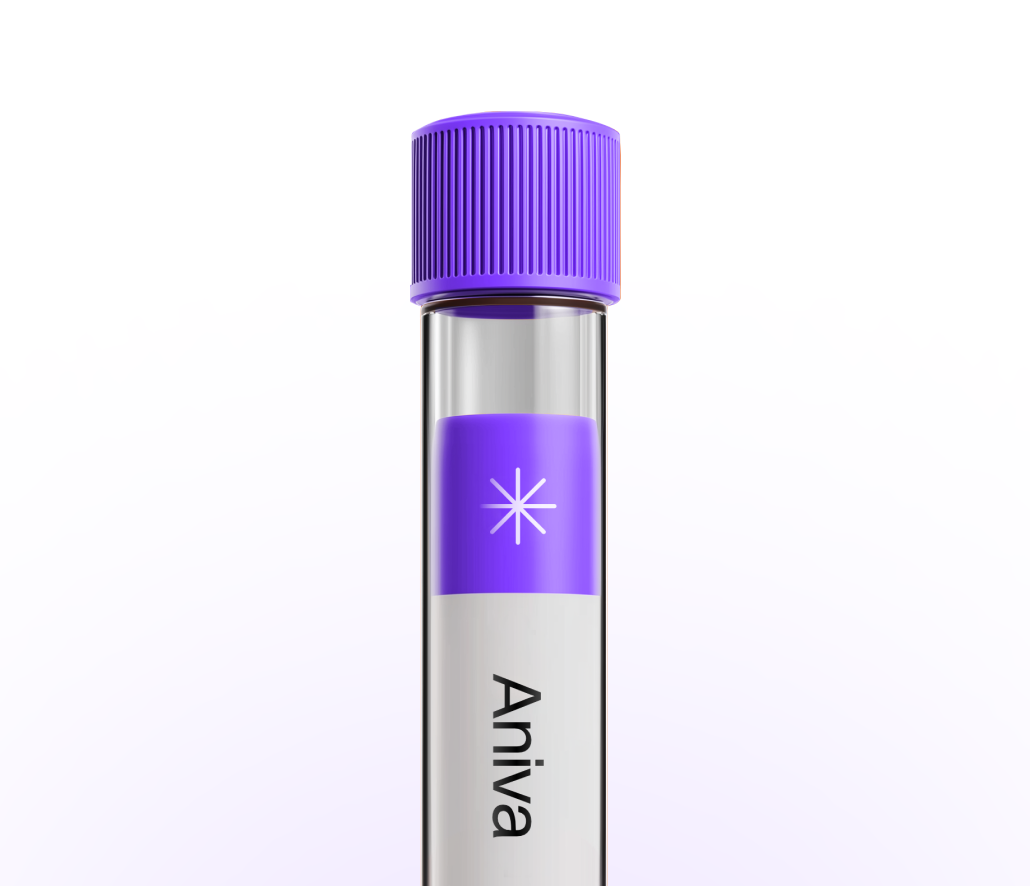
Less than 5 minutes waiting time. One
simple test at one of our 20+ locations.
Get your lab reports within one week.
Accessible on our app and per PDF.
All your health records stored
in a single, convenient place.

CRP/HDL can add context to heart and metabolic risk, especially when hs-CRP or cholesterol results seem mixed. It helps track changes from diet, exercise, weight, and medicines that affect inflammation and HDL. It is most useful alongside your lipid panel and standard risk scores. You can test this marker with Aniva across Germany and Finland.
CRP/HDL can add context to heart and metabolic risk, especially when hs-CRP or cholesterol results seem mixed. It helps track changes from diet, exercise, weight, and medicines that affect inflammation and HDL. It is most useful alongside your lipid panel and standard risk scores. You can test this marker with Aniva across Germany and Finland.
High: Points to more inflammation compared with your HDL level. Review lifestyle basics and discuss other risk markers with your clinician.
Low: Points to less inflammation relative to HDL. Keep healthy habits and watch trends over time. This ratio is not guideline-endorsed; no standardized cutoffs. Read it with hs-CRP, HDL cholesterol, LDL cholesterol, and ApoB, and recheck when you are well.
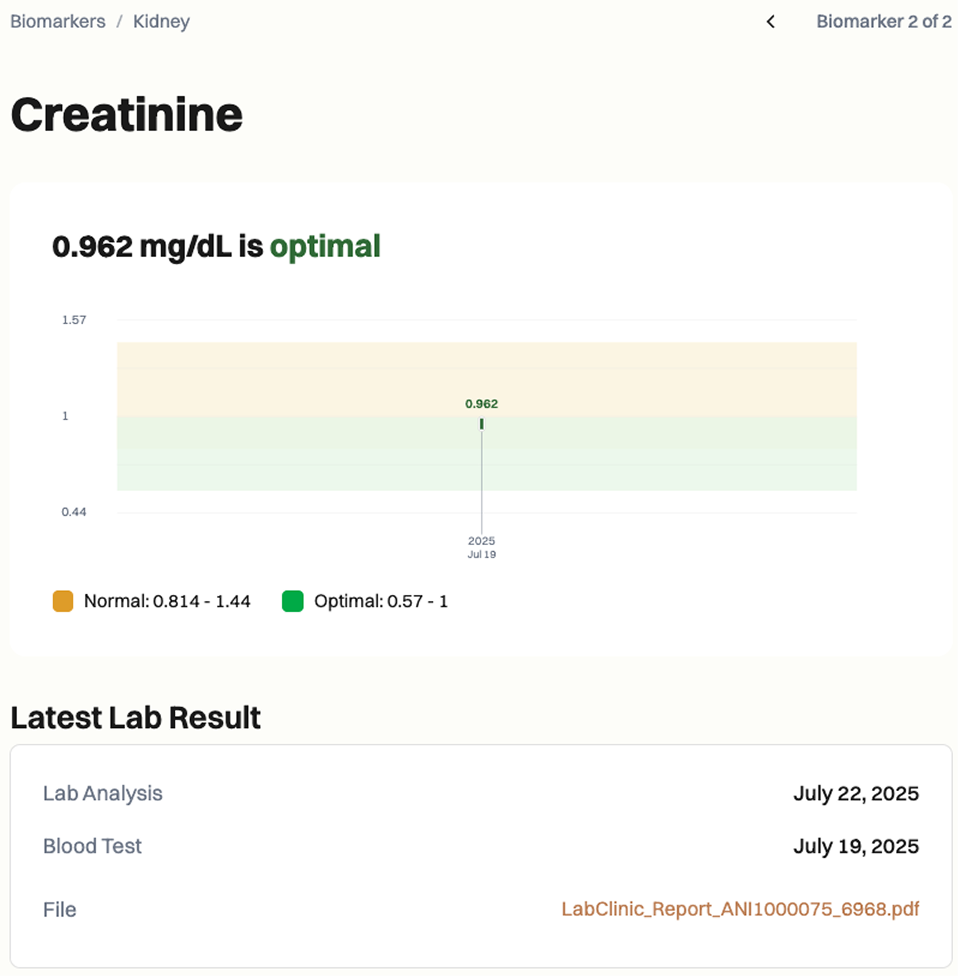
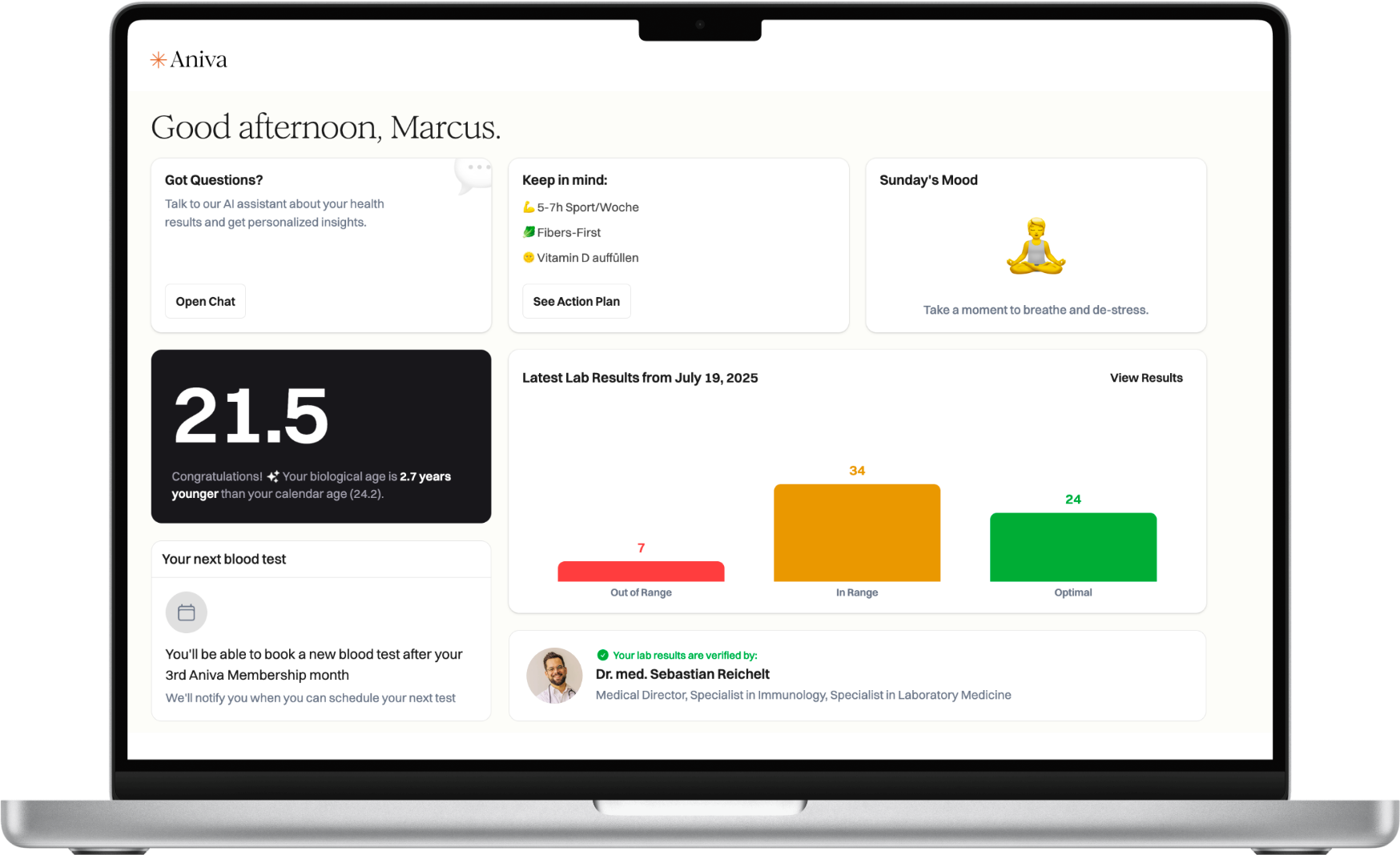
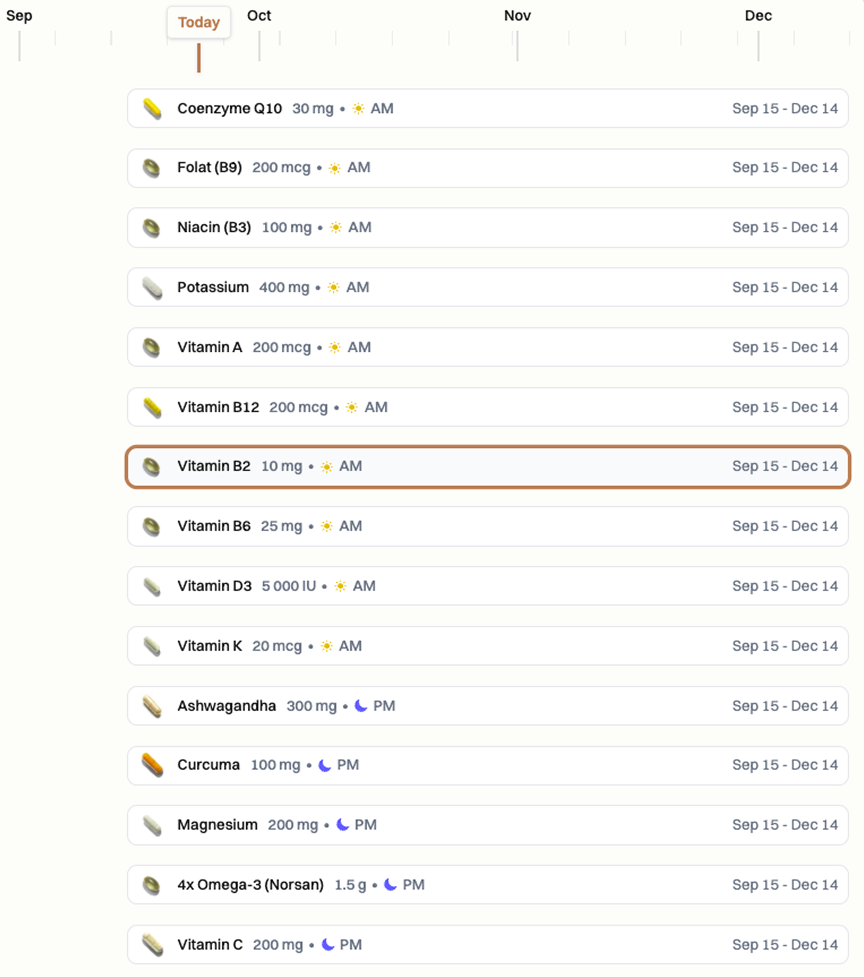
Common factors that can skew results include acute infection, recent injury, surgery, or vaccination; strenuous exercise; smoking; heavy alcohol; dehydration; and pregnancy. Medicines and supplements may shift values: statins, fibrates, niacin, omega-3s, hormone therapy, corticosteroids, and NSAIDs can lower inflammation or alter HDL. Large weight changes, poor sleep, and chronic inflammatory conditions also affect results.
Special situations: if you are sick, recently vaccinated, postpartum, in an autoimmune flare, or starting/stopping lipid-lowering therapy, confirm with a repeat test when stable.
What does a high or low CRP/HDL mean? A higher ratio points to more inflammation relative to your HDL level. A lower ratio suggests less inflammation compared with your HDL.
Do I need to fast for this test? Fasting is not required. If your clinician asked for a fasting lipid panel, follow their instructions.
What can affect my result? Illness, recent vaccines, hard workouts, smoking, alcohol, dehydration, pregnancy, and medicines like statins or steroids can shift results.
How often should I test it? Many people recheck every few months when adjusting lifestyle or treatment. Your clinician can suggest a timing that fits your risk.
How long do results take? Most labs report results in about 1-3 working days.
What should I discuss with my clinician? Review your hs-CRP, full lipid panel, family history, symptoms, and habits. Ask how this ratio fits your overall heart-risk plan.

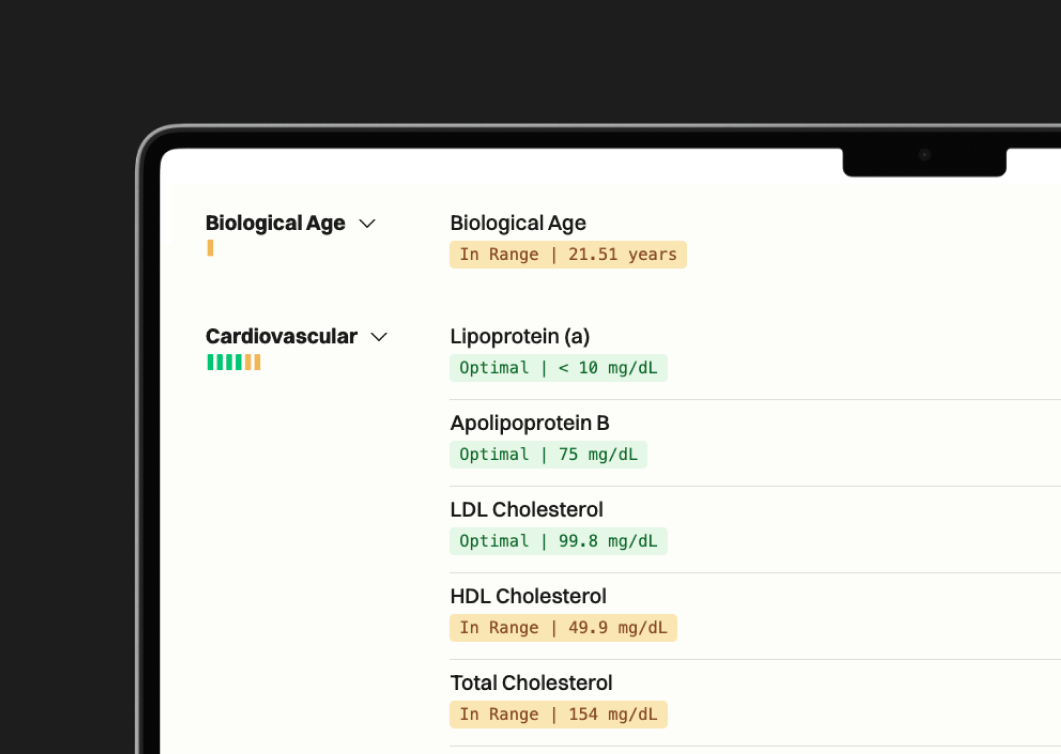

One annual blood test (100+ biomarkers)
Clinician-reviewed insights
Personalized action plan
Access to our AI Concierge
Access to curated products


63%
44%
70%